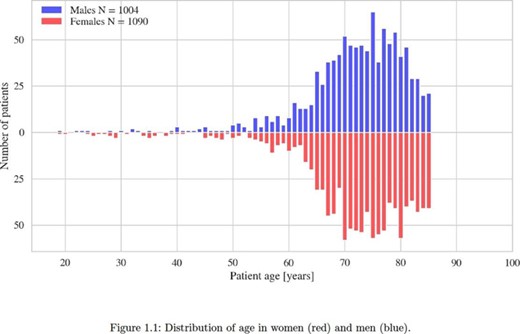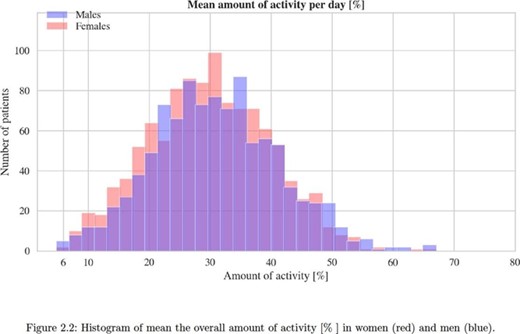-
PDF
- Split View
-
Views
-
Cite
Cite
L S B Johnson, N Napiorkowski, A Grotek, M Dziubinski, J S Healey, G Engstrom, Activity levels influence frequency of premature atrial contractions, European Heart Journal, Volume 42, Issue Supplement_1, October 2021, ehab724.0304, https://doi.org/10.1093/eurheartj/ehab724.0304
Close - Share Icon Share
Abstract
Frequent premature atrial contractions (PACs) are associated with substantially increased risk of atrial fibrillation (AF) and stroke, but PAC count varies substantially day-to-day. With the emergence of potential therapies for primary prevention of AF reliable estimation of PAC frequency is increasingly relevant, as is an understanding of PAC determinants.
To determine the effect of daily activity and heart rate on an individuals' daily PAC count.
We included a random sample of patients 18–85 years without AF who recorded an ambulatory ECG for 7–31 days in the U.S.A during 2019 using a full-disclosure mobile cardiac telemetry device, and who had ≥500PACs on at least one recording day. PACs were algorithmically detected and manually verified. PAC count and activity was sampled for each individual and each recording day during daytime (06–22h). The effect of activity on daily PAC count was assessed in a negative binomial regression model including age, sex and with a random effect for individual, to account for confounding due to inter-individual differences.
The study population consisted of 2,094 patients, of which 48% were men (Fig 1). Mean time spent in activity was 32% (standard deviation (SD 10%) for men and women 31% (SD 10%) for women (Fig 2). The median PAC count was 592 (inter-quartile range 1280). Beyond age, sex and intra-individual differences PAC frequency was determined by activity levels, (intercept 629 PACs; incidence rate ratio per 10 minute increase in activity 1.03, p<0.0001). A 1-hour increase in daily activity was associated with a 20% increase in daily PACs count.
Physical activity is associated with increased PACs counts, implying both that a reliable diagnosis of PAC frequency needs to be conducted during a person's habitual level of activity and that PAC frequency is modifiable. In-hospital assessments of PACs while patients are mainly inactive may underestimate PAC frequency.

Age and sex distribution

Activity levels by sex



